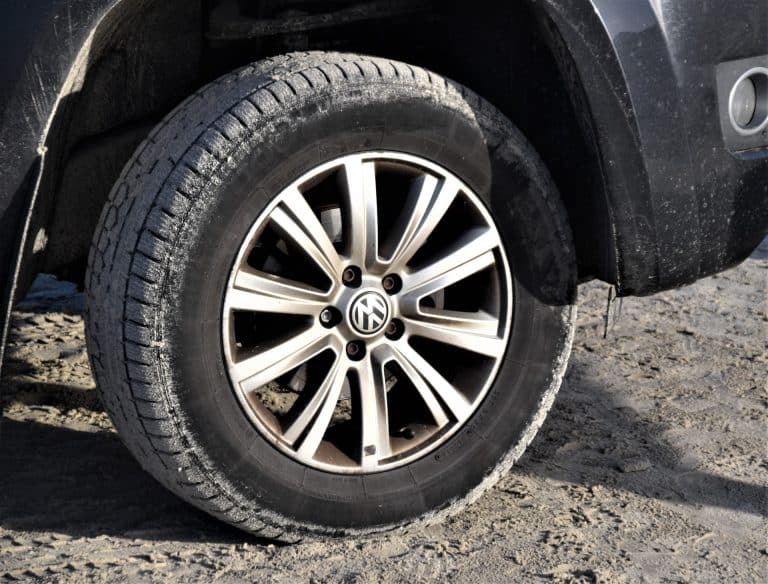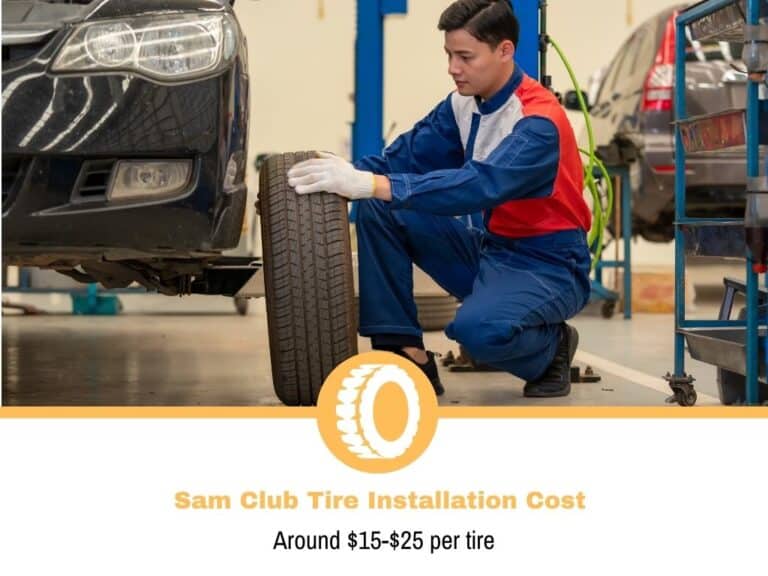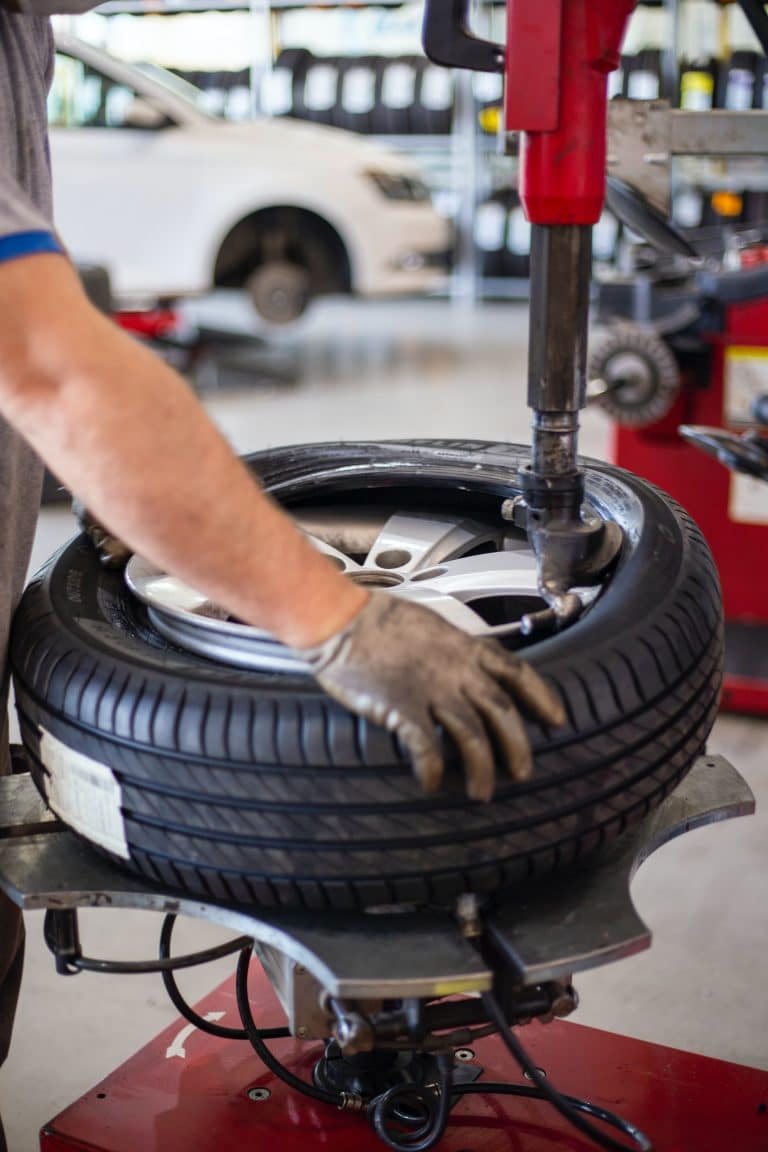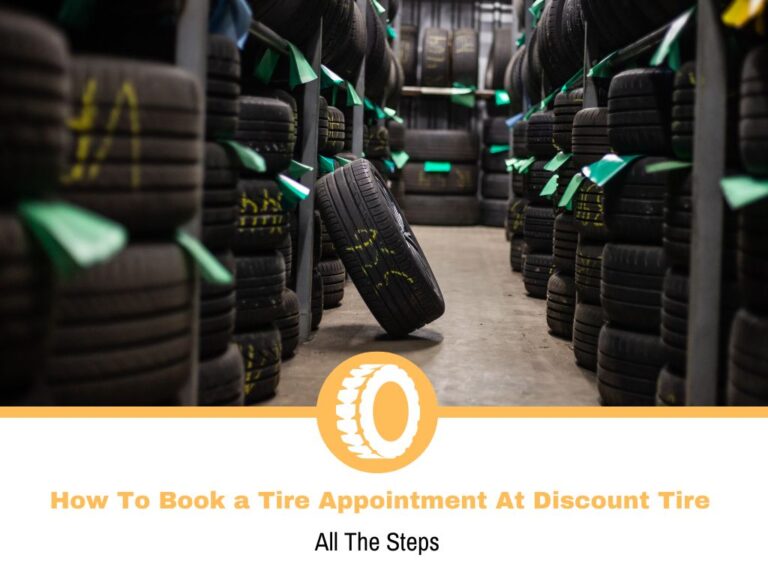Can Tire Pressure Sensors Be Disabled?
Many modern-day cars are equipped with tire pressure monitoring sensors (TPMS) that are intended to always measure the air pressure levels within your tires and communicate that information to you if the air pressures drop below a safe threshold. If your pressure levels are low, the TPM sensor is going to prompt up a warning sign on your dashboard to tell you to do something about that.
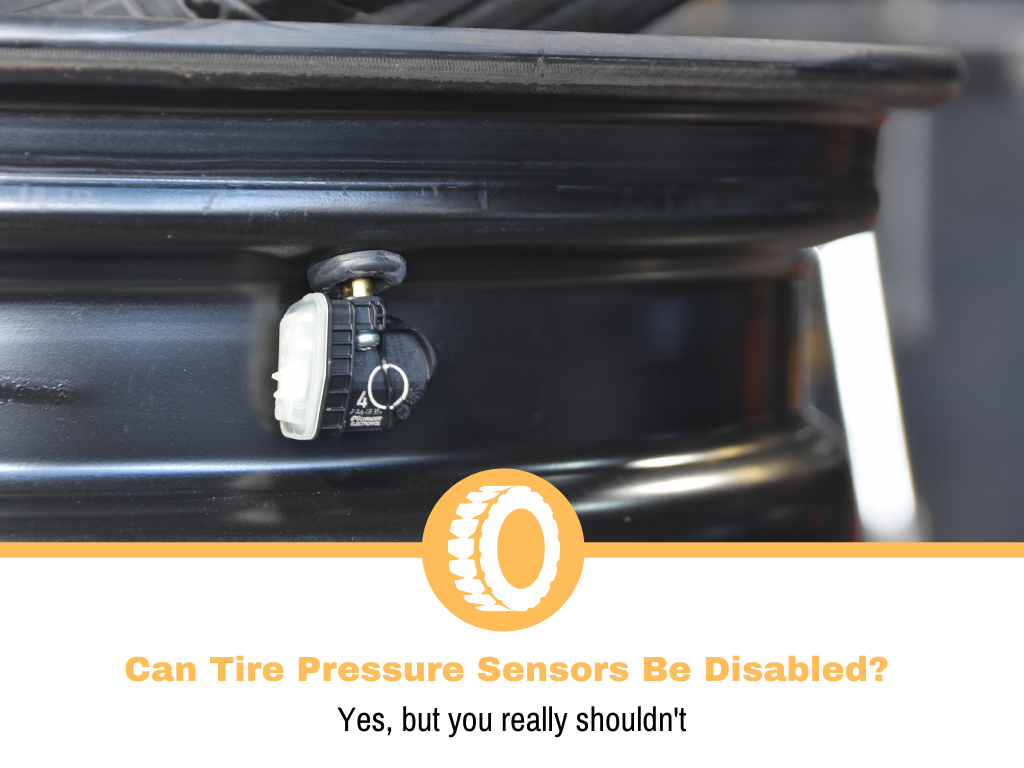
Systems such as these are essential for on-road safety and that is why both the US and the EU require all new cars to come fitted with TPM sensors directly from the factory for more than a decade. However, these are known to malfunction and completely break down which poses the question can tire pressure sensors be disabled?
Can Tire Pressure Sensors Be Disabled?
Tire pressure sensors can be disabled, but this is not something you should be doing as you are getting rid of a government-mandated safety system. This means that you should either repair a non-working TPMS or completely replace it. If you do decide you want to turn it off completely, you can do so in a few different ways we certainly do not recommend doing.
The 2000 U.S. TREAD (Transportation Recall Enhancement, Accountability, and Documentation) Act and its successive precedents strictly forbid you from tampering with or disabling the system in any way. This means that if anything happens and if it can be traced to disabled TPMS in any way, you are likely going to be liable for damages.
Why I Shouldn’t Disable My Tire Pressure Monitoring Sensors?
- Because it is illegal
- Because it is unsafe
- Because it voids your warranty
- Because it could cause an accident
Is Disabling Tire Pressure Monitoring Sensors Illegal?
Back in the 2000s, 6.5 million Firestone tires were recalled after many people complained that these supposedly played a role in multiple accidents that occurred up until then. Some say that these accidents also played a huge role in the above-mentioned TREAD act. The act states that all cars must come with functioning TPMS 2 years after the Act came into force.
According to multiple legal and non-legal sources online, voluntary disabling/bypassing these sensors is illegal. Therefore, many experienced and prominent tire shops are likely to refuse to disable TPM sensors on cars that are being driven on public roads. This means that if an accident occurs, and if such an accident can be traced to voluntarily disabled TPM sensors, there is a great deal of chance that you will be liable for damages.
Is It Unsafe To Drive With Disabled Tire Pressure Monitoring Sensors?
Driving with disabled TPM sensors is dangerous if anything happens with your tires. However, the issue here is that you are not going to be able to tell if something is wrong with your tire air pressure if you don’t have a functioning corresponding sensor to tell you that. As such, even though it does not seem like it is dangerous at first glance, it sure can be.
Although some people say that you can always keep an eye out on your tire air pressure levels simply by inspecting your tires regularly, one can’t do that while driving. It’s reasonable to assume that your tires are in their most vulnerable state while driving, especially on the highway where you can’t pay attention to your tire air pressure levels, not without TPMS.
Does Disabling TPMS Void My Warranty?
There is a great deal of chance that you can void your warranty if you voluntarily disable your TPM sensors. One thing is for certain, your TPM sensors are gone, so they can’t be covered with a warranty in any way. Your tires are also likely not going to be covered by a warranty because they lack essential safety systems.
Thirdly, your car’s warranty could also be at risk, especially if the damages/faults occur due to the TPM sensor being turned off. The bottom line is that no one is likely going to cover any repair costs if they don’t have to. This means that if they do realize that those repair costs are associated with you turning off your TPMS, your warranty will be gone.
Can Disabled Tire Pressure Monitoring Sensors Cause Accidents?
As years go by, cars are becoming smarter and smarter which means that they are packed with a growing number of sensors each year. Some recent estimates state that modern-day cars have more than 100 sensors working at all times to ensure that everything is working as intended by both the law, and the manufacturer.
Therefore, if any of these stop functioning, a specific vital safety/performance/comfort feature is going to be impaired which inherently increases the chance of having an accident. According to NHTSA, more than 20% of all car accidents are directly linked to tire inflation which can not be properly checked without a tire pressure monitoring sensor.
How Often Do I Need To Replace Tire Pressure Monitoring Sensors?
Most people replace their tire pressure monitoring sensors whenever needed which means whenever your existing ones go wrong. Most TPM sensors should last anywhere between 5-10 years depending on the type, the condition they are in, and many other factors. Replacing a TPMS usually takes around 10 minutes to an hour depending on who is doing it.
The costs associated with replacing all four sensors are likely to be in the vicinity of $150, but these costs do tend to vary depending on the manufacturer, the installation costs, and the availability of parts. Either way, replacing them is a good idea, no matter what anyone else says because you do not want to skimp out on a government-mandated safety gadget.
How Can I Disable Tire Pressure Monitoring Sensors?
There are a few different ones how one can disable TPMS such as physically removing them, cutting the power needed for them to function, or using a bypass emulator. These emulators connect to your car wirelessly and can completely bypass the TPMS signal in about 15 minutes. These work both with and without physical tire pressure sensors within the tire.
The good thing about these emulators is that they are not hard-wired to your car and that they only function while within the car. The moment you take the emulator away from the car, the system reverts to normal and everything is good to go. As such, these are designed to pass annual tests such as MOT, and NCT simply by removing the emulator from the car.
As mentioned a few times, we do not recommend you do anything to your car that could cause you harm down the line. As such, if you are really willing to do it, be sure to talk to someone with decent experience so you can do it the best way possible.
Can You Repair A Faulty Tire Pressure Monitoring Sensor?
One of the most common reasons why TPM sensors tend to fail is due to a dying battery. Tire pressure monitoring sensor batteries typically start declining after 5-6 years, and they sometimes decline rapidly. At one point, the battery will die and it will prompt up the dashboard warning light. At this point you have two options, the first one is to try to fix it, and the other one is to simply get a new one.
Fixing a TPMS depends on what caused it to fail in the first place. If the sensor got damaged physically and is no longer usable, you can’t repair it and you should not attempt to. If the sensor is corroded, you will have to clean out the corrosion carefully so as not to damage the sensor and try to reset the system. You can also read the car’s trouble codes to see what could potentially be wrong with the sensors.
You can technically only replace the battery, but given the fact that you need to remove the entire wheel to do it, it’s just best to replace the entire sensor if the battery died after 7-8 years of use. If the battery died after just a few years, and if everything is okay with the sensor, you should explore the option of replacing just the battery.
How To Check My Tire Air Pressure?
A properly functioning tire does not last forever which means that at some point, you are likely going to run into trouble of some kind. In order to be prepared for it, be sure to check the tire air pressure at least once or twice per month, but if you own a performance car, be sure to check your tire pressure after every serious joyride.
If you don’t have a gauge readily available, be sure to click here where we tell you how you can check your air pressure levels without a gauge. All in all, if you do decide to disable the TPMS, you need to be extra careful, so much so that it does not make any sense to do so in the first place.
Can Tire Pressure Sensors Be Disabled – Conclusion
At this point, you are aware that you can indeed disable or bypass the tire pressure monitoring sensors, but you are also aware that that’s not something you should be doing. TPM sensors are a crucial aspect of on-road safety because tire inflation-related crashes make up for a staggeringly high percentage of all car crashes in general. You can never be as effective at checking your tire air pressure levels as a dedicated sensor can.
If you think that your tire pressure monitoring sensors are fine, but you are still getting the dashboard warning light, read this.

